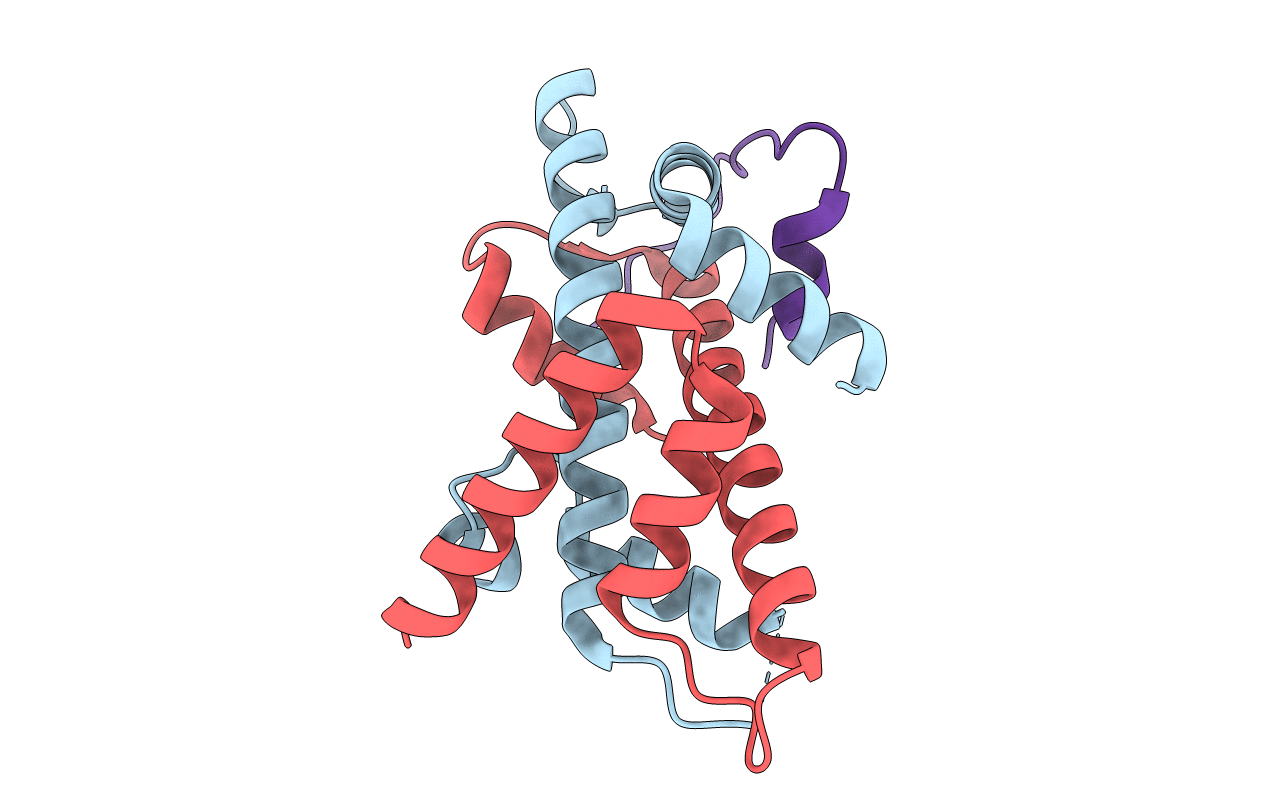
Deposition Date
2013-10-09
Release Date
2014-01-22
Last Version Date
2023-12-20
Method Details:
Experimental Method:
Resolution:
1.48 Å
R-Value Free:
0.19
R-Value Work:
0.16
R-Value Observed:
0.16
Space Group:
P 1 21 1


